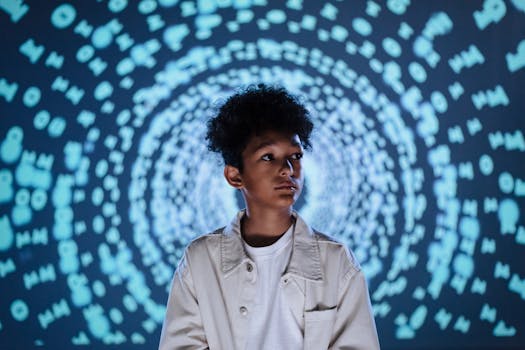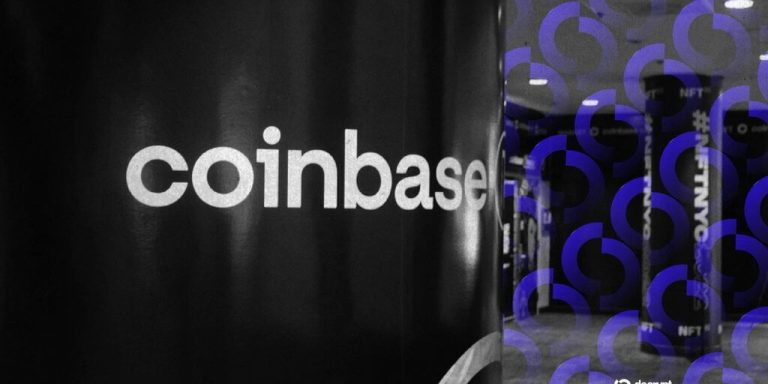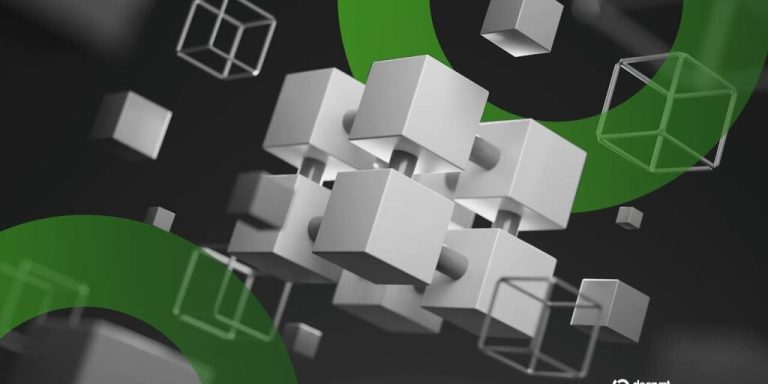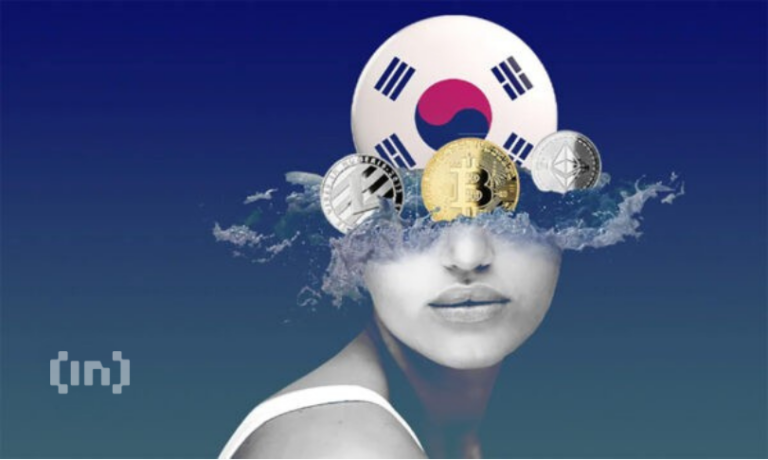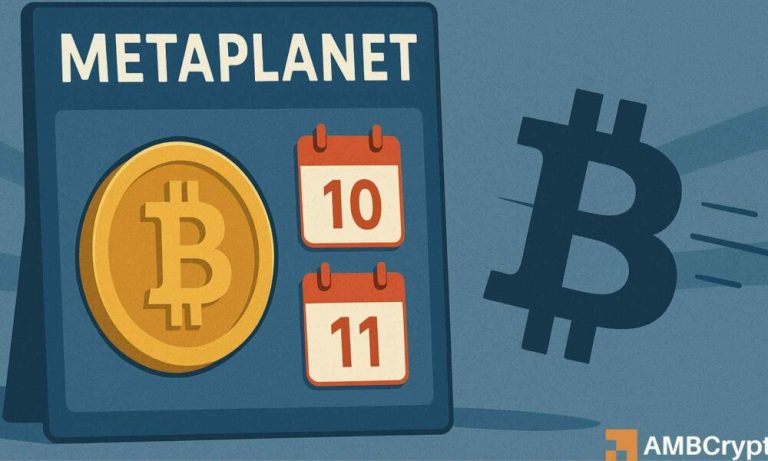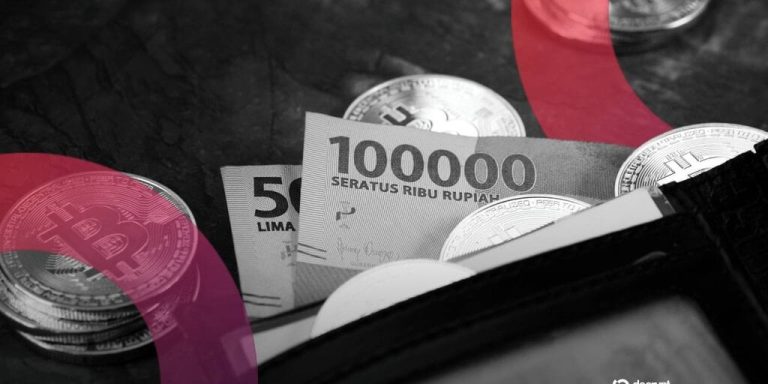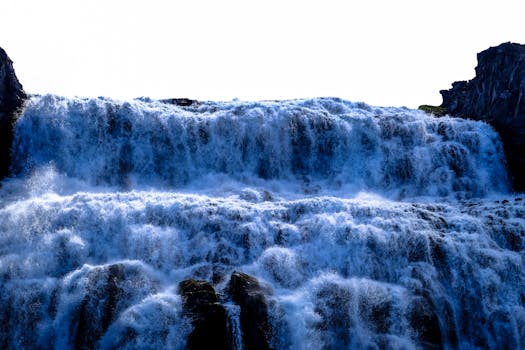
Digital Art Revolution: How Technology is Transforming Creativity
Takeaways: The digital art revolution is reshaping the creative landscape. Artists are leveraging cutting-edge technology, from graphic design software to virtual reality, to push the boundaries of creativity. This article explores how these tools enhance artistic expression, foster collaboration, and democratize art creation.
The advent of digital technology has significantly transformed the art world, ushering in a new era that blurs the lines between traditional and digital creativity. Artists are now equipped with an arsenal of tools that allow for unprecedented levels of innovation and expression. In this post, we will delve into how technology is revolutionizing digital art, exploring various tools, platforms, and trends that are shaping the future of creativity.
The Rise of Digital Tools in Art Creation
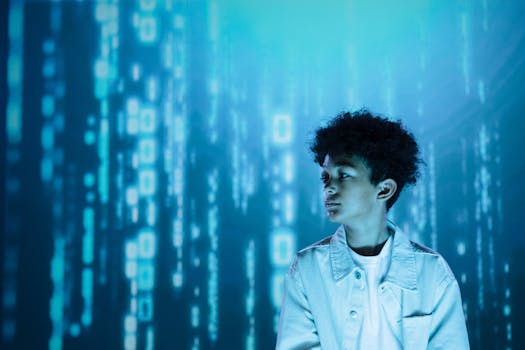
Moreover, the rise of tablets and styluses, such as the iPad Pro with the Apple Pencil, has made it easier for artists to replicate the tactile sensation of drawing on paper while utilizing the advantages of a digital workspace. These advancements allow for greater precision, flexibility, and the ability to easily undo mistakes, making the creative process more enjoyable and less daunting.
In addition to software, the emergence of 3D modeling tools like Blender and ZBrush provides artists with the ability to create intricate sculptures and designs that were once only possible in physical form. This blend of technology and artistry not only expands the possibilities for artists but also opens new avenues for storytelling and immersive experiences.
Embracing Innovation: Virtual Reality and Augmented Reality in Art

AR, on the other hand, allows artists to overlay digital images onto the real world. This innovation is transforming public art installations, where viewers can use their smartphones to see additional layers of creativity and interaction. Artists are now able to create experiences that blend the physical and digital worlds, captivating audiences and enhancing engagement.
These technologies not only empower artists to push creative boundaries but also allow for collaborative projects that can involve multiple artists across the globe. Virtual galleries and exhibitions are becoming increasingly popular, offering a platform for artists to showcase their work to a worldwide audience without the limitations of physical space.
The Democratization of Art through Accessibility

Additionally, online courses and tutorials have made it easier for anyone to learn digital art techniques, regardless of their background. Platforms like Skillshare and Udemy offer a wealth of resources for aspiring artists, enabling them to develop their skills and explore their creativity at their own pace.
Furthermore, the advent of NFTs (non-fungible tokens) has introduced a revolutionary way for artists to sell and monetize their digital creations. This has opened up new revenue streams and provided artists with more control over their work, allowing them to directly engage with collectors and fans.
Conclusion
